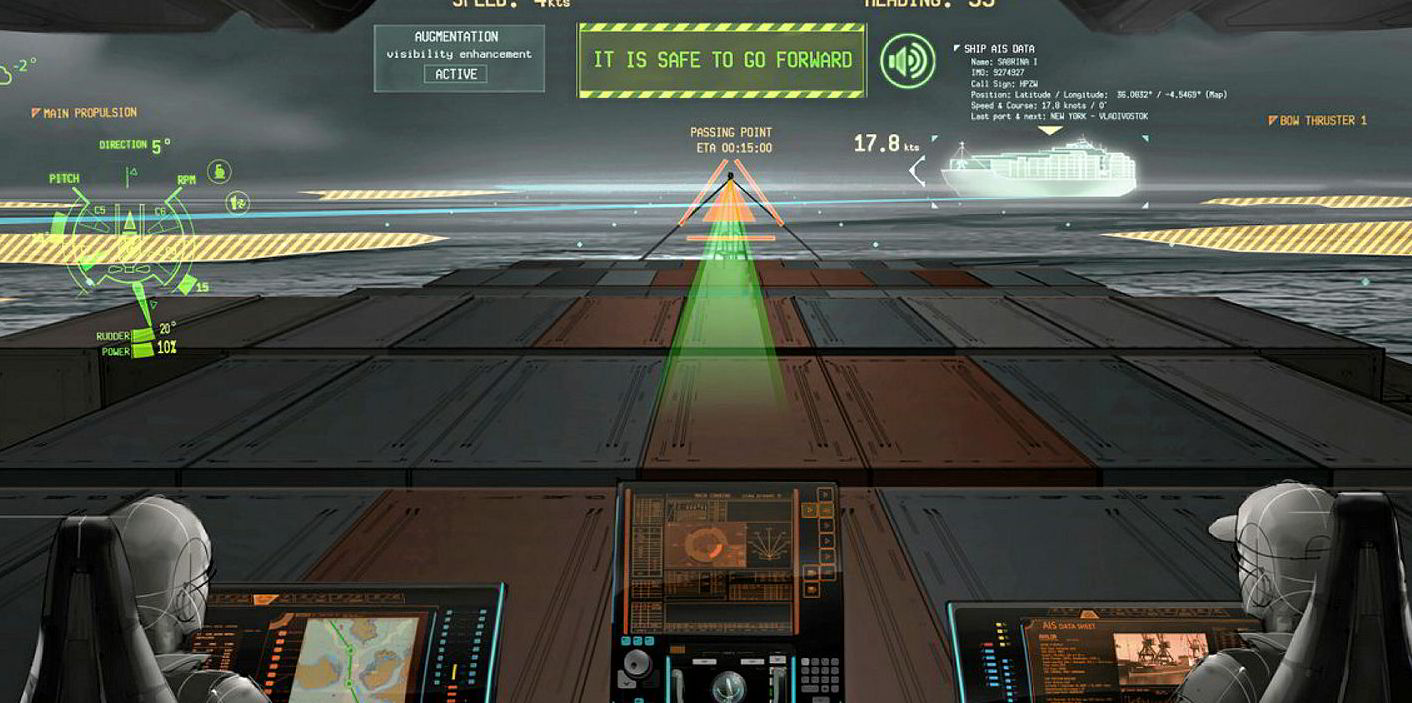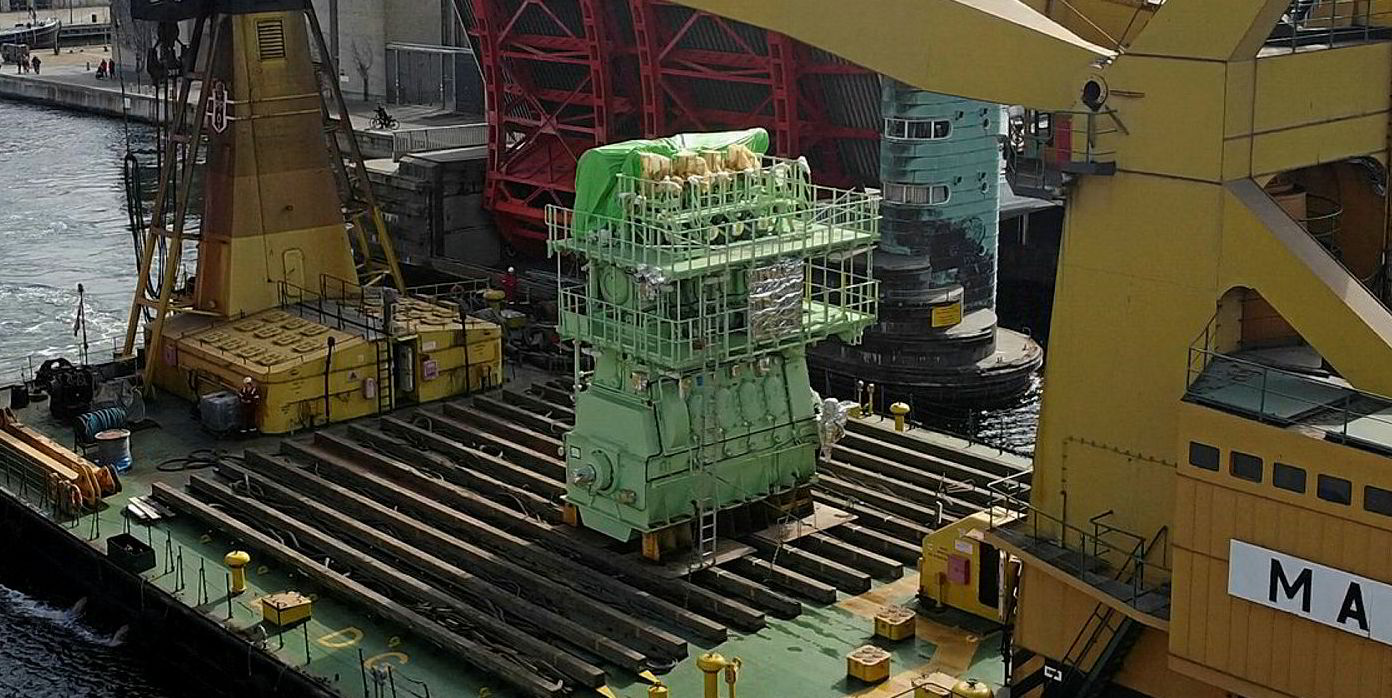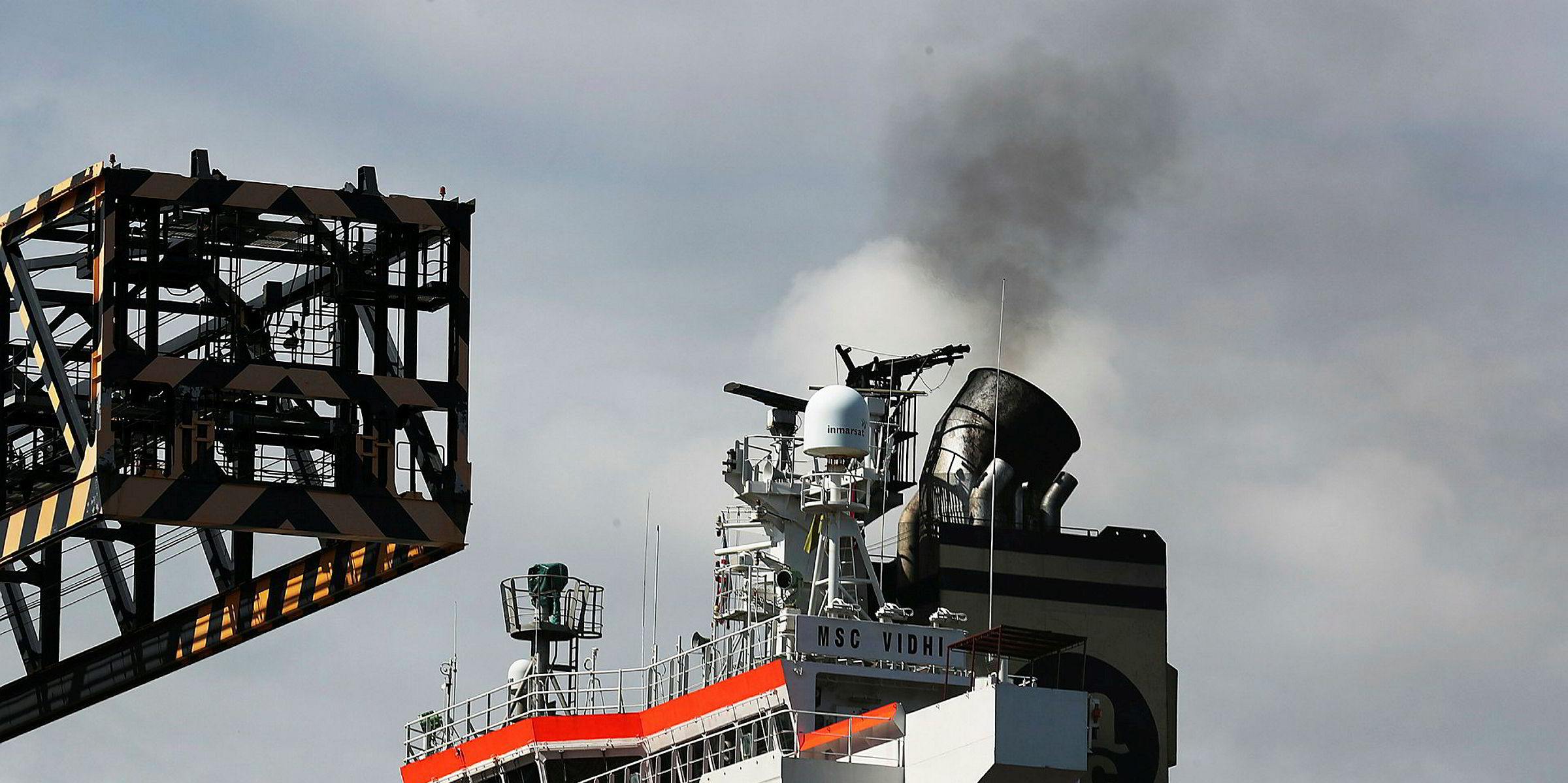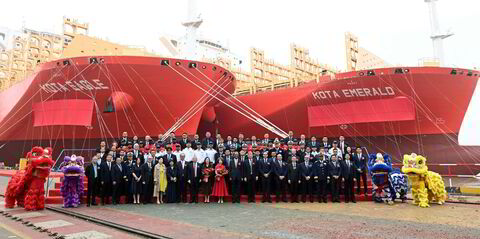While digital technologies are showcasing their true potential for shipping — global trade flowing amid unprecedented pandemic restrictions — we are just beginning to understand the ramifications of these technologies for the brave men and women who crew our ships.
As we increase our reliance on technology to add convenience and efficiency to our industry, it becomes easier to view that technology as, essentially, the hero of our new normal, and lose focus on the people it must serve.
As a whole, our industry still tends to view crews with 20th-century eyes, and to approach their problems with 20th-century attitudes, while at the same time saddling them with the burdens and responsibilities of 21st-century technologies.
New skill set
Expecting seafarers to absorb a digital mindset without the proper support and the right tools and training puts them in an impossible position and risks safety for everyone.
We can — and should — do better as we apply digital technologies to drive safety and efficiency while we also deliver a step-change improvement in the quality of life at sea and careers for crew.
Now that digital technologies have become a fact of life on board, seafarers need a new skill set to help them maintain a measure of self-reliance out on the open ocean.
Not simply which buttons need pushing in normal operations, but also an understanding sufficient to provide the confidence and calm to deal with these systems when things do not go as planned.
If we do not equip them with the training and tools they need, we are setting them up to fail and sowing the seeds of even greater problems.

When people lose out, the company is not far behind
When an organisation puts digital concepts ahead of people’s realities, it introduces challenges and difficulties into work processes that compromise the effectiveness and possibly even the health and safety of the people on the front lines who should benefit from digitalisation.
This may come in the form of “invisible” suffering, like individual cases of fatigue or depression, or as a tangible loss to the group, such as a drop in productivity. Either way, when people are put second, the people lose out — and when people lose out, the organisation is not far behind.
In the ocean shipping industry, digital development is largely focused shoreside. Advances such as digitised bills of lading; vessel documentation; survey, maintenance and repair programming; and voyage scheduling are bringing great benefits of speed and efficiency to the operator and client.
We can — and should — do better as we apply digital technologies to drive safety and efficiency while we also deliver a step-change improvement in the quality of life at sea and careers for crew
At the same time, these capabilities are generating expectations of similar speed and efficiency gains from the vessel that translate into new forms and levels of stress on the crew. In effect, ships are being squeezed between operators and their clients as both undergo digital evolution.
Add to this the fact that many companies use the terms “digitalisation” and “efficiency” as code words for cost-cutting and crew reduction, and you can see not only the genesis of tomorrow’s tragedy but the outline of the solution, too.
Digitalisation is often called “the key driver of Industry 4.0”, but it is not. The key driver of Industry 4.0 is the development and dissemination of digital skills and digital comfort among the labour pool. This is a challenge, as seafarers are typically sourced from developing countries where digital penetration is low.
As we build out the technology of Industry 4.0, we must always check our progress by asking whether our seafarers are being adequately trained to use and cope with the advanced digital tools they’re given.
In this respect, digital is more about people than technology. Therefore, just as we design and build physical tools and work spaces to make them easier and healthier for people to use, we do the same as we imagine, build and implement our digital tools and work spaces.
Digital ergonomics
In short, we need what can be called “digital ergonomics”, meaning an approach to digitalisation and digital development that puts the human user first.
Blending the human and digital components of our new normal such that they reinforce each other’s strengths and support each other’s weaknesses will surely prove the only route to a truly sustainable future.
Christopher Wiernicki is chairman, president and chief executive at American Bureau of Shipping, a class society
Do you have an opinion to share? Send details to news@tradewindsnews.com







